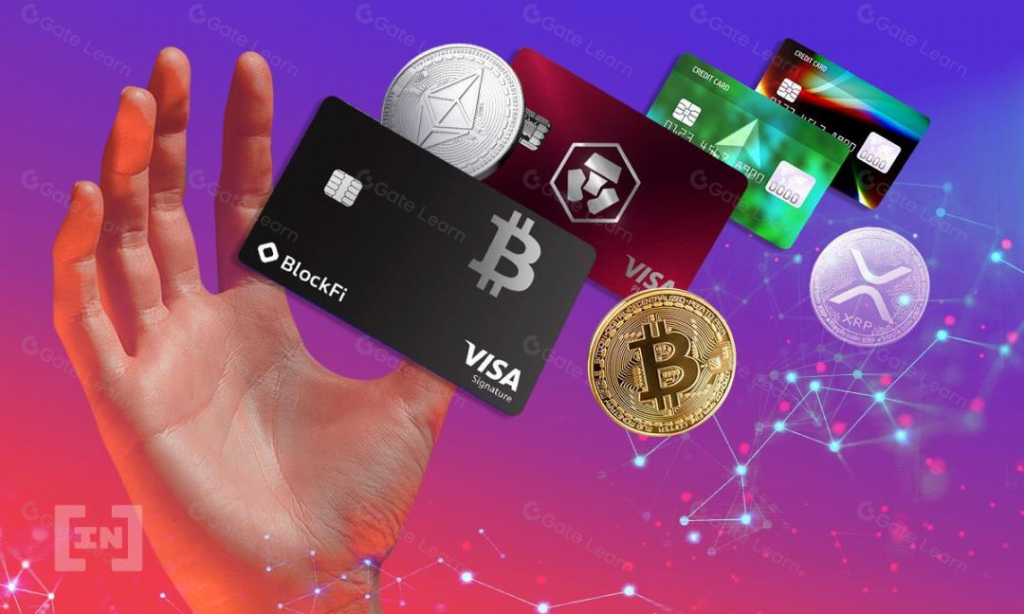You’ve probably heard that cryptocurrency is mainly used for online trading or storing value, but there’s something even more practical going on. Crypto payment cards. These cards work a lot like your regular debit or credit card, but instead of pulling money from a bank account, they pull funds from your crypto wallet. That means you can now buy lunch, pay for gas, or shop online using your crypto coins. And yes, the Azurslot platform now mentions crypto cards as part of the broader payment trend in the digital space.
How These Cards Work
Crypto payment cards are linked to a crypto wallet or exchange. When you swipe the card, the system instantly converts your cryptocurrency into regular money, such as dollars or naira, and pays the merchant. This happens so fast that most people don’t even notice a difference. Behind the scenes, your Bitcoin or Ethereum is sold at the current rate, and the local currency is sent to the seller. Some cards even let you choose which coin you want to spend. For example, you could use USDT for groceries and keep your Bitcoin untouched.
Who Offers These Cards
Several big names are already in the crypto card game. Binance, Crypto.com, and Coinbase all offer their cards. These companies partner with payment processors like Visa or Mastercard, allowing you to use the card almost anywhere. In fact, in countries where these services are fully active, you can tap your crypto card at a store the same way you’d use a bank card. Some cards even give cashback in crypto, so every time you spend, you get a little bit of coin back.
Why They’re Gaining Popularity
People like crypto cards for one simple reason. They make valuable crypto in daily life. You no longer need to convert your coins manually before spending. That’s a significant advantage, especially in areas where traditional banking is slow or expensive. Additionally, with inflation affecting many countries, some users prefer to keep their savings in stablecoins like USDT or BUSD and spend them directly as needed. Crypto cards make this possible with just a swipe or tap.
What to Watch Out For
With everything tying up the crypto convenience aspect, a few offers to look out for are: first, the transaction fees. A few cards levy small amounts as yearly transaction or currency conversion fees. These start feeling very slight, but can add up over time. Then comes the price conversion from purchase: the exchange rate conversion from purchase determines how much cryptocurrency you end up spending instantly. If the market drops all of a sudden, you may have spent more coin than intended. Then again, these cards are not fully supported in all countries, so the availability of options may be limited based on your location.
The Future of Crypto Spending
As more people become accustomed to spending crypto like cash, crypto cards could become a standard part of everyday life. Many businesses are already adapting by accepting crypto payments directly, but for now, the card makes it easier. Future cards offer options such as buying airtime, paying bills, or sending money directly from the card app. As more banks and governments open up to the idea of digital money, we could soon see full integration into financial systems.
Crypto payment cards are making it easier for everyday people to use their coins beyond trading. They turn digital value into something you can use without extra steps or delays. They’re not just cool tech anymore as they’re becoming a real part of how people shop, pay, and even save. The world keeps moving toward digital finance tools, such as crypto cards, which are likely to grow faster than expected. People want simple, fast ways to spend money that work across borders, and these cards offer precisely that. They may still have limits, but the direction is clear, as crypto is no longer confined to the online world and is now stepping into the real world.
As the world continues to move toward digital finance tools, such as crypto cards, they will likely grow faster than expected. Although they may still have limitations, the direction is clear, as crypto is no longer confined to the online world and is now stepping into the real world.

